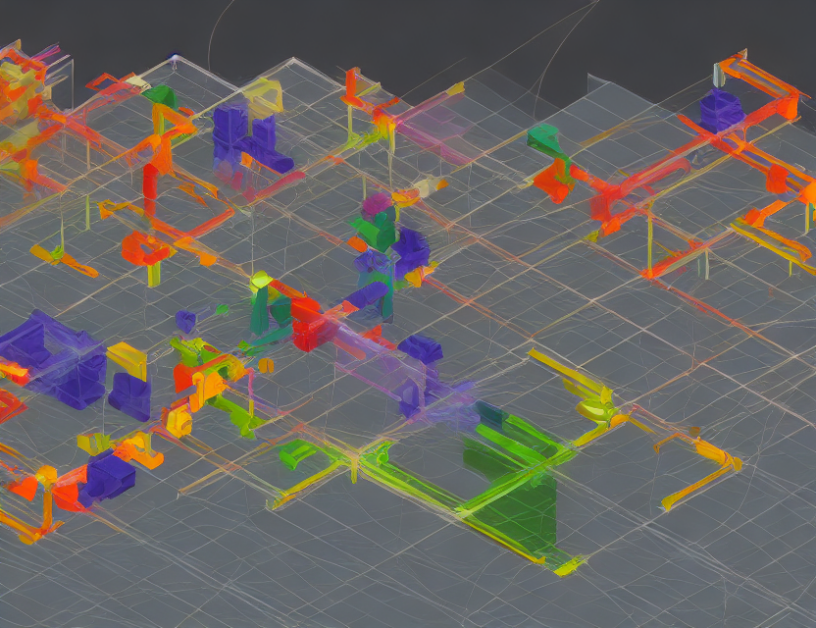The field of algorithms and complexity is constantly evolving, with new research aiming to improve our understanding of computational problems and their associated running times. In this article, we delve into the realm of fine-grained complexity theory, focusing on the approximability of polynomial-time problems. We explore the current state of knowledge in this area, highlighting the work of prominent researchers such as Karl Bringmann, Alejandro Cassis, Nick Fischer, and Marvin K¨unnemann.
Fine-Grained Complexity: A Key Concept
At its core, fine-grained complexity theory is concerned with the study of computational problems that can be solved in different time complexities, depending on the specific instance being considered. This concept is crucial in understanding the approximability of polynomial-time problems, as it enables researchers to identify cases where a faster running time can be achieved by taking into account the sparsity of the given graph.
From Dense to Sparse: Unlocking Improved Running Times
Traditionally, the best known algorithms for solving graph problems have running times that are cubic in the number of vertices (n) and quadratic in the number of edges (m). However, as we delve into fine-grained complexity theory, we discover that substantial polynomial-factor improvements can be achieved by taking into account the sparsity of the given graph. By doing so, running times can be reduced to polynomial time (mc/2), where m denotes the number of edges in the graph, or (edge) sparsity.
Targeting Sparsity: A Key to Improved Running Times
The quest to improve running times by targeting sparsity is not a new concept in fine-grained complexity theory. In fact, researchers have long been interested in developing algorithms that can solve graph problems more efficiently when the graph is sparse. By exploiting the structural properties of sparse graphs, it is possible to achieve substantial improvements in running times, often with little impact on the worst-case scenario.
Achieving Sparsity: A Delicate Balance
While targeting sparsity can lead to improved running times, it’s important to strike a balance between sparsity and other structural properties of the graph. In some cases, excessive sparsity can result in a loss of structural information, leading to suboptimal solutions or an increase in running time. As such, finding the right balance between sparsity and other structural properties is crucial for achieving improved running times.
Conclusion
In conclusion, fine-grained complexity theory offers a rich landscape of opportunities for improving our understanding of computational problems and their associated running times. By targeting sparsity and exploiting the structural properties of graphs, researchers are making substantial progress in achieving polynomial-factor improvements in running times. As this field continues to evolve, we can expect even more sophisticated techniques to emerge, leading to further advances in our ability to solve computational problems efficiently and effectively.



